
A seeming contradiction in terms, the unison voices and divergent polyphony that emerges best describes the subtle interactions between these two Swiss reed players--Markus Eichenberger on clarinet and Christoph Gallio (Day & Taxi) on soprano and C-Melody saxophones--their "harmony of coherence" strategies guiding their melodic interlacing and fragmentation.
In Stock
Quantity in Basket: None
Log In to use our Wish List
Shipping Weight: 3.00 units
EU & UK Customers:
Discogs.com can handle your VAT payments
So please order through Discogs
Sample The Album:
Markus Eichenberger-clarinet
Christoph Gallio-soprano saxophone, C melody saxophone
Click an artist name above to see in-stock items for that artist.
UPC: 752156103820
Label: ezz-thetics by Hat Hut Records Ltd
Catalog ID: ezz-thetics 1038
Squidco Product Code: 32112
Format: CD
Condition: New
Released: 2022
Country: Switzerland
Packaging: Cardboard Gatefold
Recorded at Percaso Studio, in Baden, Switzerland, on June 19th and 20th, 2020.
"In creating this distinctive program of music and titling it Unison Polyphony, the multifaceted Swiss reedmen Markus Eichenberger and Christoph Gallio have implied a seemingly contradictory nature at the heart of their collaboration - two instrumental voices that relate to each other, illogically, by following a shared path (unison) and different paths (polyphony) at the same time. But if we are willing to accept the premise of our initial equation, where the consequence of their pairing is a single, self-contained, indivisible entity, we may decide (as the 19th century British historian/philosopher Thomas Carlyle imagined, in another context) that in so doing they have "penetrated into the inmost heart of a thing, detected the inmost mystery of it, namely, the melody that lies hidden in it; the inward harmony of coherence which is its soul, whereby it exists, and has a right to be, here in the world."
The singular "thing" that Eichenberger and Gallio have constructed through their separate, spontaneous actions is the conceptually unified "harmony of coherence" which reveals its identity through pure melody. We typically tend to think of duos as either supportive - that is, one voice offering a foundation upon which the other voice may elaborate - or conversational - where the complementary or contrapuntal voices interact in a chosen field of convergence, while maintaining their individuality. But, to my mind, this duo could be regarded as cohabitational while neither generally supportive nor conversational, that is, agreeing to exist in a common space, contributing ideas that fit together without apparent compositional development or specific points of reference. Often, their participation seems to avoid the conditioned impulse of corresponding reaction. The melody that results, in those moments, is an unexpected, unpredictable complication of parts, no longer two distinct voices, but one integrated event. One plus one now equals one.
Melody is a direction, a flow of details, sound in motion towards a perceived endpoint, an elongation of experienced time into space. Its movement creates shape, contour, outline. Melody may describe, or dictate, and thus determine or suggest a point of view, as metaphor - observable in Shakespeare or Schoenberg. Or it may qualify as its own form and function. Consider this isolated line from Gertrude Stein's piece In (1913): "Leak in a leak in earn in urn eucalyptus new rights new rights pole light lime." Meaning, and/or motivation, becomes secondary to the visual and melodic experience. In some of her writings, Stein has been categorized as a "cubist" author, as the repeated and recontextualized words may suggest an abstracted illusion of multiple perspectives. Here, however, her words become an object, the thing itself, the mystery contained in the music.
Similarly, albeit in their rather more extreme manner, Eichenberger and Gallio act to agitate sound into existence as the thing itself, outside of referential or abstracted patterns, melody improvised and constructed in its own concreteness.
Though speaking about visual constructs, the Swiss artist/designer/theoretician Max Bill characterized the distinction between concreteness and abstraction in 1947 when he wrote, "To concretize means 'to transform into an object' something that was not previously visible or palpable. To make abstract ideas, relationships and thoughts visible: that is concretization, objectification. The goal of concretization is to present abstract thoughts in reality in a way that is perceptible to the senses."
As if confronting the challenge to "make abstract ideas, relationships and thoughts perceptible" in an improvisational context, Eichenberger and Gallio insinuate the shape and texture of sound as object through acute instrumental means - adjustments of pitch, manipulations of timbre, blending of tones, each adding color to the compounded sense of line - and phrasing that emphasizes the angle, arc, and edge of their measure. Lyrical content is established as the acceptance of accident and intuition. Their synthesis of melody as object defines its own reality... "whereby it exists, and has a right to be, here in the world." "-Art Lange, Chicago, October 2021

The Squid's Ear!
Artist Biographies
"Markus Eichenberger (Aarau, 4 August 1957) is a Swiss clarinet player, saxophonist (bass saxophone, alto saxophone, baritone saxophone, tenor saxophone) and composer in improvised music.
Eichenberger initially planned to become a professional photographer. However, he instead took on a career in music. He became a music teacher and obtained a wind music conductor. Since 1982 he teaches saxophone and clarinet lessons. Since 1977 he has been active in improvised music, especially as a saxophonist. He played in all sorts of groups and projects, but in 1982 he also started working as a solo artist. Most of the albums he recorded in the eighties were solo albums. He worked with, among others, the Swiss drummer Jacques Widmer (recordings in 1983), the Mytha Horns, the pianist Fredi Lüscher and drummer Ivano Torre. Around 1995 he was a member of the Double You Sea Fields group, which played with Ikue Mori. In the second half of the nineties he led a project with what you could call an improvisation big band, the 'Domino' project. He gave concerts in all kinds of European countries, also in the Netherlands and Belgium, as well as America. Eichenberger has many different prizes and awards."
-UpClosed (Translated by Google) (https://upclosed.com/people/markus-eichenberger/)3/31/2025
Have a better biography or biography source? Please Contact Us so that we can update this biography.
"Christoph Gallio was born in 1957 and lives in Baden, Switzerland. Self-taught, he began playing 19 years soprano saxophone. He studied saxophone with Iwan Roth at Basel Conservatory and Music at Steve Lacy in Paris. MA in Transdisciplinarity at the Zurich University of the Arts (ZHdK). Gallio in 1987 received the Special Art Prize of the city of Basel and the Canton Aargau 2009 Berlin studio and 2012 a work contribution. He directs the bands DAY & TAXI (with Silvan Jeger and David Meier), MÖSIÖBLÖ (with Sylvia Nopper, Marino Pliakas and Thomas Eckert), and ROSES FOR ALL (with Jan Roder and Oliver Steidle). With the visual artist Beat Streuli him on a longstanding cooperation. The latest joint project is the interdisciplinary performance ROAD WORKS (with Andrea Neumann, Ernst Thoma, Dominique Girod and Julian Sartorius).
Since 1977, played and plays Christoph Gallio among other things with Irene Schweizer, Irene Aebi, Urs Voerkel, Peter K. Frey, Daniel Studer, Günter Müller, Stephan Wittwer, Norbert Möslang, Ernst Thoma, Peter Kowald, Alfred Zimmerlin, Matthew Ostrowski, Hans Koch, Werner Lüdi, Urs Blöchlinger, Erhard Hirt, Dieter Ulrich, Fred Frith, Phil Minton, John Russel, Lindsay L. Cooper, Peter Schärli, Bernhard Bamert, Takashi Kazamaki, Yoshiaki Onnyk Kinno, Samm Bennett, Uchihashi Kazuhisa, Kazutoki Umezu, Tetsu Saitoh , William Parker, Rashied Ali, Christian Wolfarth, Martin Lorenz, Hans-Christian Sarnau, Lara Stanic, Olaf Rupp, Kazumi, Helmut Erler, Hans Benda, Sven Åke Johansson, Andrea Neumann, Julian Sartorius. Solos and performances with the dancers Christine Brodbeck, Yvonne Meier, Tomiko Takai, Franz Frautschi and Hideto Heshiki. Cooperation including with the artists Alex Silver, Eric Hattan and writer Kurt Aebli. Since 1986 Gallio composes for himself, his band and others. Concerts and tours at home and abroad. Various recordings."
-Christoph Gallio Website (http://www.gallio.ch/gallio/)3/31/2025
Have a better biography or biography source? Please Contact Us so that we can update this biography.
Track Listing:
1. New Ways 3:38
2. When The Day Is Short 2:09
3. When The Day Is Long 7:32
4. How To Sleep Better 3:49
5. How Does My Cat Think 3:17
6. Strange Cave System 8:31
7. Gift Of The Artists 0:35
8. Update 1:19
9. A Walkable Swamp 3:50
10. The Balance Of A City Figure 5:50
Hat Art
Improvised Music
Jazz
Free Improvisation
European Improvisation, Composition and Experimental Forms
Recordings by or featuring Reed & Wind Players
Duo Recordings
New in Improvised Music
Search for other titles on the label:
ezz-thetics by Hat Hut Records Ltd.

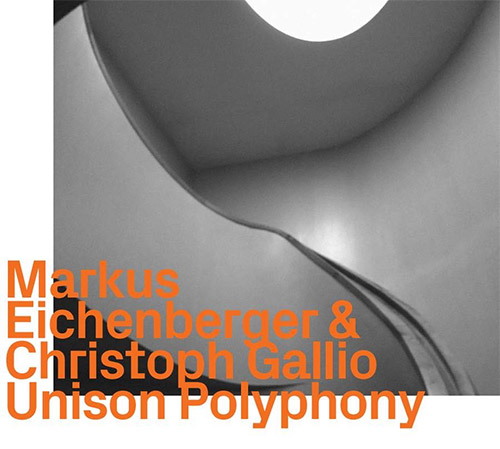
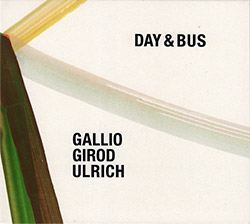
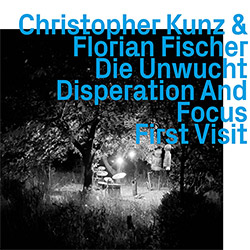

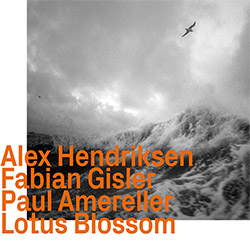
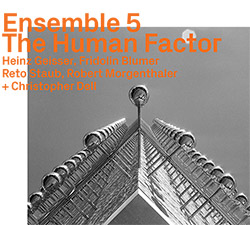

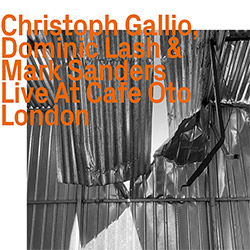
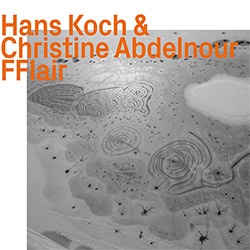


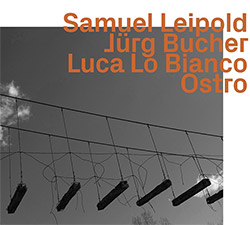
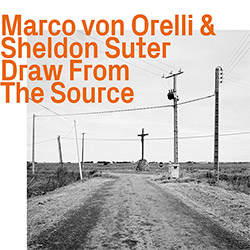



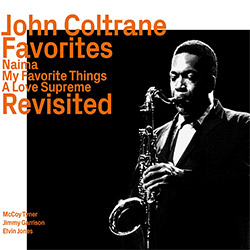
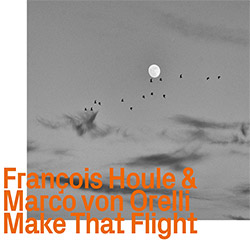


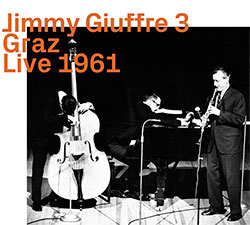





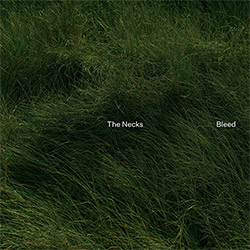

![Rodrigues, Ernesto / Nuno Torres / Guilherme Rodrigues: Whispers In The Moonlight - In Seven Movements [2CDs]](https://www.teuthida.com/productImages/misc4/35765.jpg)
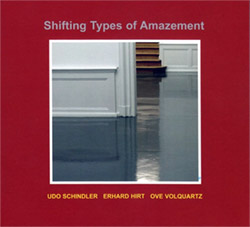

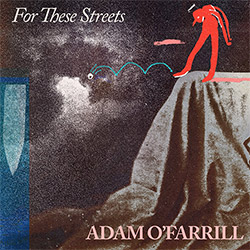
![Cocks, Laura: FATHM [VINYL]](https://www.teuthida.com/productImages/misc4/36055.jpg)
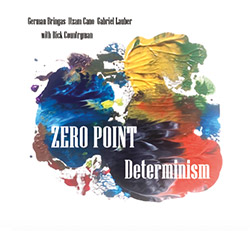
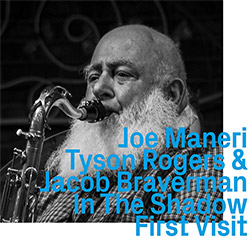
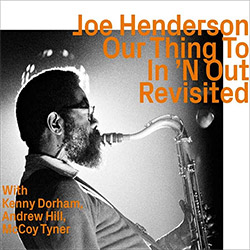

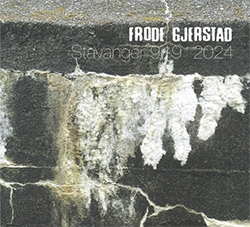
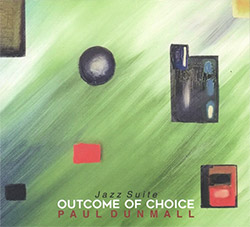
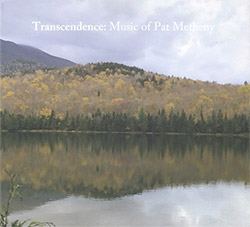
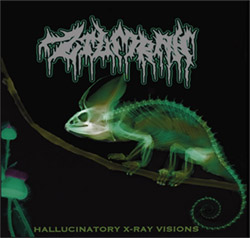
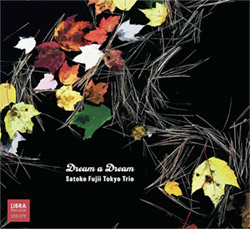
![Ackerley / Prymek / Turner: All Hope With Sleeping Minds [CASSETTE]](https://www.teuthida.com/productImages/misc4/35950.jpg)
![Myers, David Lee : Tin Drop Tear [BOOK w/ DOWNLOAD]](https://www.teuthida.com/productImages/misc4/36030.jpg)

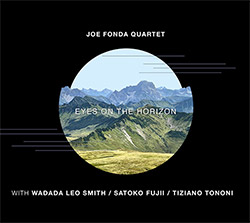
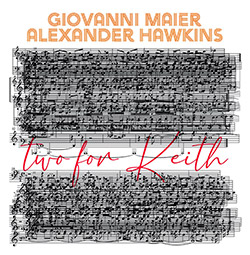
![Schindler, Udo / Sandy Ewen / Damon Smith: Munich Sound Studies Vols. 4, 5 & 6 [3 CDs]](https://www.teuthida.com/productImages/misc4/35966.jpg)
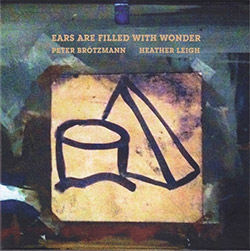


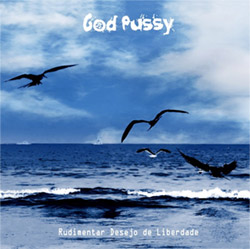


![Turbulence Orchestra & Sub-Units: Smear Out the Difficulties (Double Live) [2 CDs]](https://www.teuthida.com/productImages/misc4/36048.jpg)
![Perelman, Ivo / Tyshawn Sorey: Paralell Aesthetics [2 CDs]](https://www.teuthida.com/productImages/misc4/35871.jpg)
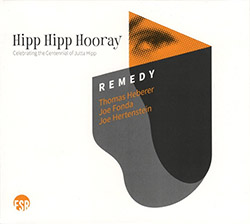

![Sjostrom, Harri: SoundScapes #4 Festival Berlin 2023 [3 CDs]](https://www.teuthida.com/productImages/misc4/35874.jpg)
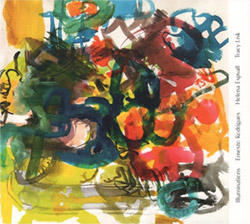


![Glenn, Jordan: Flustered [CASSETTE]](https://www.teuthida.com/productImages/misc4/35948.jpg)


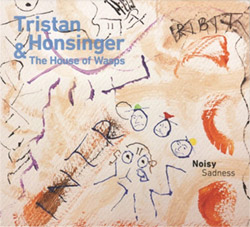
![Lindorff-Ellery, Evan: Church Recordings from Monhegan [CASSETTE]](https://www.teuthida.com/productImages/misc4/35949.jpg)
![Schindler, Udo / Werner Dafeldecker / Gunnar Geisse: Travelling Sound Images - Cognitive Transfers [Trio]](https://www.teuthida.com/productImages/misc4/35767.jpg)
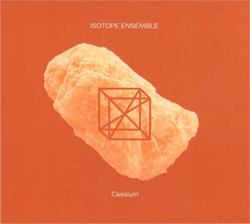
![Egberth, Dennis: The Dennis Egberth Dynasty [VINYL]](https://www.teuthida.com/productImages/misc4/35549.jpg)


![Schindler, Udo / Rieko Okuda / Eric Zwang Eriksson: Disturbed Terrains [2 CDs]](https://www.teuthida.com/productImages/misc4/35330.jpg)
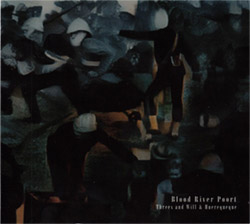
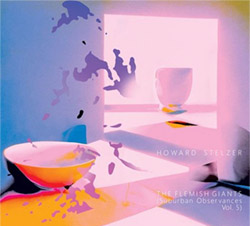
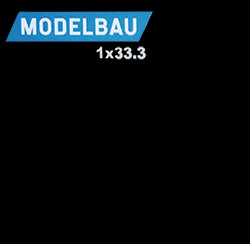
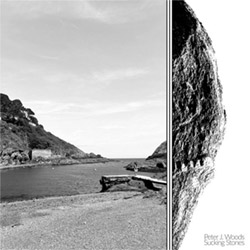
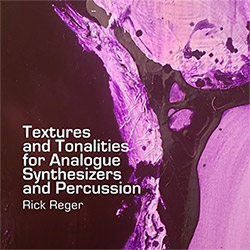

![Olencki, Weston : Pearls Ground Down To Powder [VINYL]](https://www.teuthida.com/productImages/misc4/35956.jpg)
![Myers, David Lee: Oculus [2CDs]](https://www.teuthida.com/productImages/misc4/35857.jpg)


![dustsceawung: dustsceawung [CASSETTE w/ Download]](https://www.teuthida.com/productImages/misc4/35753.jpg)
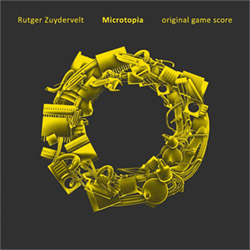



![Halls of the Machine: Atmospheres For Lovers And Sleepers [CASSETTE w/ DOWNLOAD]](https://www.teuthida.com/productImages/misc4/35806.jpg)
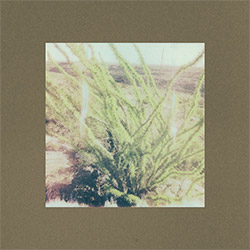
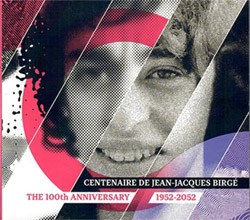
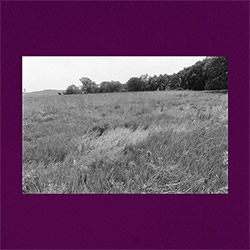
![AHC (Alexander Cooper): Lase [2 CDs]](https://www.teuthida.com/productImages/misc4/35754.jpg)



![Fagaschinski, Kai / Yan Jun : Graveyard Processions [VINYL w/ DOWNLOAD]](https://www.teuthida.com/productImages/misc4/35474.jpg)
![Brant, Cody / Carl Kruger: Smoke Detail [CASSETTE w/ DOWNLOAD]](https://www.teuthida.com/productImages/misc4/35551.jpg)








![Zorn, John / JACK Quartet: The Complete String Quartets [2 CDs]](https://www.teuthida.com/productImages/misc4/35609.jpg)

![Lonsdale, Eden: Dawnings [2 CDs]](https://www.teuthida.com/productImages/misc4/35480.jpg)







![Sanna, Claudio: Compositori Sardi Contemporanei II [2 CDs]](https://www.teuthida.com/productImages/misc4/35317.jpg)







![Zurria, Manuel: Fame di Vento [3 CDs]](https://www.teuthida.com/productImages/misc4/35167.jpg)

![Granberg, Magnus / Nattens Inbrott / Skogen: Holde Traume, Kehret Wieder! [2 CDs]](https://www.teuthida.com/productImages/misc4/35038.jpg)

![Electric Bird Noise / Derek Roddy: 8-10-22 [CD EP]](https://www.teuthida.com/productImages/misc4/35970.jpg)








![Elephant9 : Mythical River [VINYL]](https://www.teuthida.com/productImages/misc4/34624.jpg)



![Elephant9 with Terje Rypdal: Catching Fire [VINYL 2 LPs]](https://www.teuthida.com/productImages/misc4/35355.jpg)
![Deerlady (Obomsawin, Mali / Magdalena Abrego): Greatest Hits [VINYL]](https://www.teuthida.com/productImages/misc4/34876.jpg)







![Surplus 1980: Illusion of Consistency [CD]](https://www.teuthida.com/productImages/misc4/35069.jpg)
![Staiano, Moe: Away Towards the Light [VINYL + DOWNLOAD]](https://www.teuthida.com/productImages/misc4/35037.jpg)



![Caveira (Gomes / Sousa / Abras / Ferrandini): Ficar Vivo [VINYL]](https://www.teuthida.com/productImages/misc4/34643.jpg)
![Coley, Byron: Dating Tips for Touring Bands [VINYL]](https://www.teuthida.com/productImages/misc4/17906.jpg)

![Lost Kisses: My Life is Sad & Funny [DVD]](https://www.teuthida.com/productImages/misc4/lostKissesDVD.jpg)